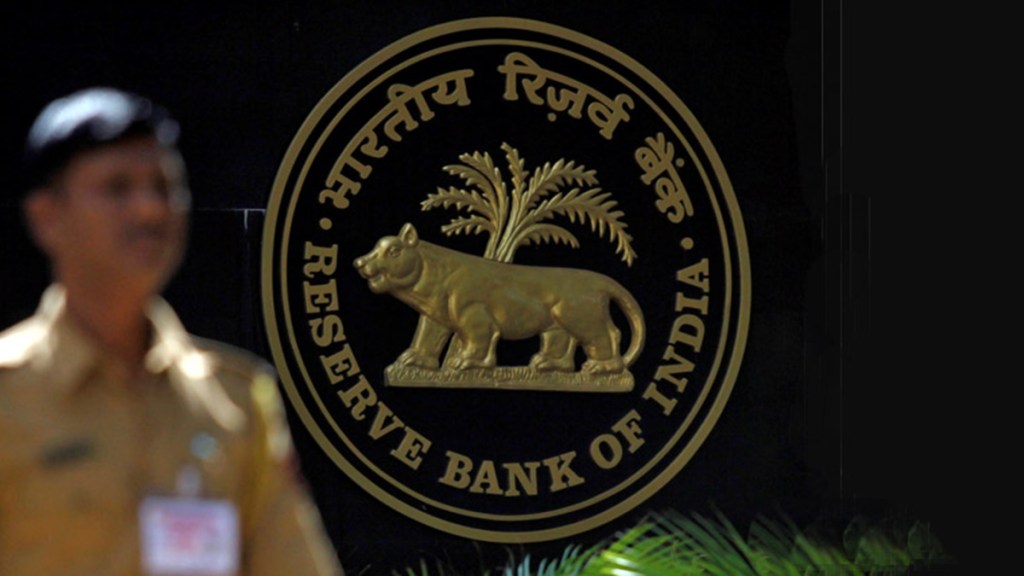The February retail inflation, based on the Consumer Price Index (CPI) dropping to a seven-month low of 3.61 per cent, has materially raised the imperative to cut policy rates further. The Reserve Bank of India’s (RBI) Monetary Policy Committee (MPC) started the rate cutting cycle this February and according to economists, it will carry on in April, with some forward guidance, giving assurance that monetary policy will focus on reviving growth momentum, while keeping headline inflation within its tolerance band of 2-6 per cent. Rahul Bajoria, Head of India and ASEAN Economic Research, BofA Securities, said, “With mediocre growth, low CPI inflation and increasingly high real rates, the imperative to cut policy rates has risen materially.”
BofA Securities has reinforced expectations of a 100 bp cut in this cycle including the 25 bp delivered in February. “This will bring the repo rate to 5.50 per cent by end-2025, which we identify as being close to the neutral rate. In April MPC, the base case is for another 25bp rate cut, bringing the repo rate to 6.00 per cent,” said Rahul Bajoria.
Headline inflation goes sub 4%
February CPI inflation fell to 3.61 per cent, below the January print of 4.26 per cent YoY. On a sequential basis, headline CPI fell 0.47 3.61 per cent nsa, with perishable food prices again driving the fall, as core CPI inflation rose slightly. The other major categories of housing, miscellaneous services and clothing saw a slight increase, with gold prices going up materially, pushing up core inflation. Based on the February data, BofA Securities is tracking March CPI at 3.6 per cent YoY, “as the downward momentum in perishable prices is stabilizing and falling energy prices provide some support for headline inflation”. The brokerage firm added, “We continue to project headline inflation at 4.8 per cent for FY25 with minor downside risks, slowing to 4.1 per cent in FY26.”
Food inflation has fallen to its lowest in 21 months in February to 3.84 per cent YoY. This drop, per the analysis report by BofA Securities, is likely to start stabilizing in March, as the price of potatoes and tomatoes hit their historical lows, and other vegetable prices start to find a stable footing, as supply fades and summer heat starts to impact production. “For prices of pulses, rice and dairy products, we are seeing further moderation, with the gap between perishables and non-perishables food index closing rapidly. Cooking oil prices have also stabilized after the brief spike in October,” it said.
Core CPI rose materially to 4.1 per cent for February, materially above the January print of 3.64 per cent. This was largely centered around higher gold and silver prices, barring which, the CPI ex tomatoes, onions, potatoes and gold was 3 per cent, almost a 73-month low.
Pick up in IIP
The January IIP recovered strongly to 5 per cent from 3.2 per cent YoY in December. Manufacturing went back up to 5.5 per cent as seen in Nov24 while electricity slowed to 2.4 per cent YoY. Mining continued to recover and posted 4.4 per cent YoY growth. “Within manufacturing, 19/23 sub-groups recorded positive growth in Jan25 vs Jan24, which could signal stable trends going ahead. On the use-based metric, primary goods led the recovery at 5.5 per cent YoY and infrastructure goods at 7 per cent YoY while capital goods and intermediate goods turned weaker,” BofA Securities concluded.

